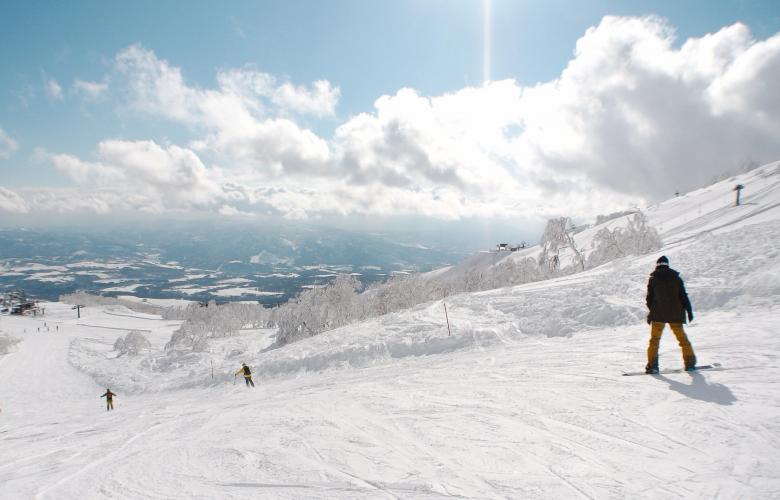Niseko evokes images of powder snow and well-heeled skiers from across Japan and Australia enjoying the runs. The town has become almost synonymous with skiing in Japan for foreign visitors — and the local real estate industry has certainly profited from the town's image and renowned snow quality. It is currently one of the only resort villages in Japan popular with foreign investors.
Resort towns in Japan
Real estate prices elsewhere in Japan's countryside are on a down-hill slope, as are the markets and unfortunately many towns themselves. While only a few other resort towns like Karuizawa or places on the Izu Peninsula are still popular with Tokyoites, passing through the areas often reveals decrepit hotels or even resort ruins on the side of the road from the bubble era. Signs that don’t generally bode well for the local tourism industry.
Why Niseko is different
So what sets Niseko apart? The town first got a boost during the 1972 Winter Olympics in Hokkaido when Niseko's stable powder snow conditions were intoduced to the world. Secondly, given the geographic proximity, Australian tourists in particular fell in love with the resort and have been giving Niseko plenty of business for decades.
A handful of Australians, Americans, and Europeans decided to not only buy second homes here, but to settle in and shape their beloved Niseko. One such influential person is UK-born Shouya Grigg who opened one of the town’s first Western fine-dining restaurants, according to Nikkei Asian Review. His establishment is set in a completely remodeled pension, with a design that has sparked a series of modern holiday homes by local architects.
Kiyoe Hosokawa, originally from Hokkaido, returned to her home after years in the UK and opened Kiyoe Gallery Niseko for modern Hokkaido art. Other examples include the ST-Gallery and AJ Gallery.
Do art and design really matter to real estate investment?
While it might sound fairly inconsequential to forecasting real estate trends or the longevity of a property’s value in Niseko, those developments are part of what Niseko has done differently — compared to other holiday resorts across Japan. Bubble-era golf courses are deteriorating all over the Japanese countryside and Izu Peninsula beach resorts are finding it hard to compete with those in Hawaii and South East Asia that became progressively more accessible in recent times.
Niseko, however, is building a brand that is based on more than just powder snow — and, therefore, probably here to stay. Land prices here have been climbing faster than elsewhere in the country and while they might reach bubble levels, it looks like the appeal of the town itself is sustainable in the long run.
By Mareike Dornhege
Similar to this:
Tax bureau catch out foreign property investors in Niseko
Bubble? A tale of two Tokyos
"Free houses" in Japan: Where they are and how to get one





